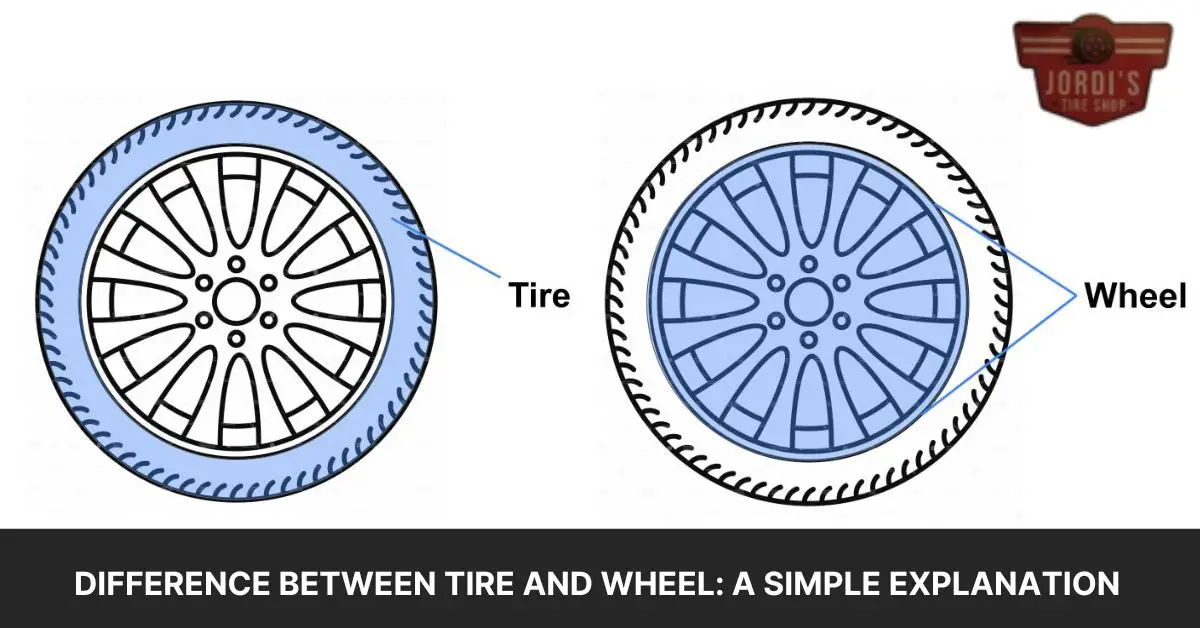Ever found yourself in a conversation about cars, nodding along as if you understand the difference between a tire and a wheel, but secretly you’re a bit fuzzy on the details? You’re not alone. We’ve all been there at some point, pretending to know the ins and outs of automotive parts. But today, we’re diving into the nitty-gritty to clear up any confusion once and for all.
Understanding the distinction between these two essential components can not only boost your car knowledge but also help you make informed decisions when it comes to maintenance and replacements. So, let’s roll up our sleeves and get into the heart of what sets tires and wheels apart. Trust us, it’s simpler than you might think, and by the end of this exploration, you’ll be the one explaining the differences with confidence.
Understanding the Basics: Tire vs. Wheel
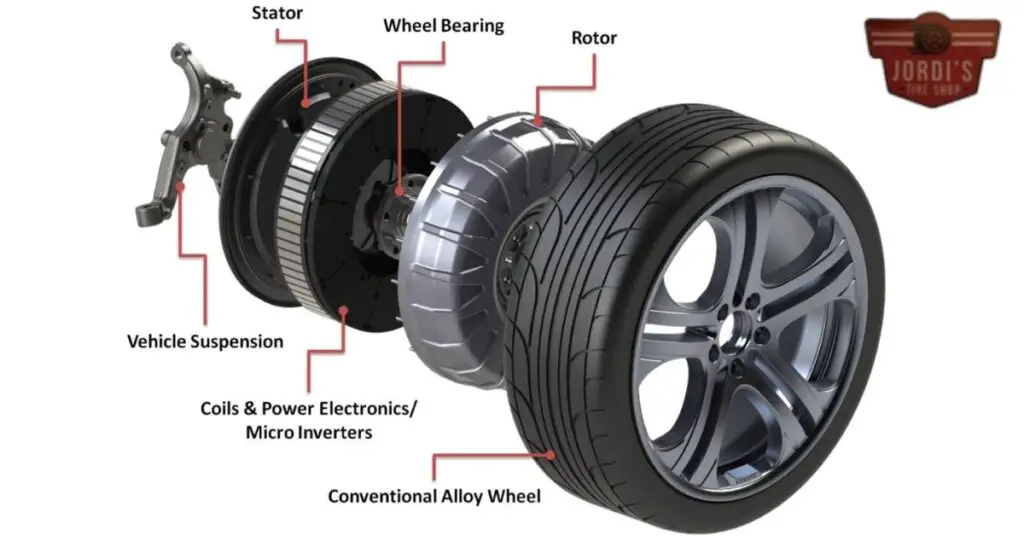
Diving deeper into the distinction, it’s crucial to break down the individual definitions and roles of tires and wheels. This understanding forms the foundation for distinguishing between the two components, further enhancing our car knowledge.
Tires, in essence, are the rubber coverings that fit around wheels, providing the necessary traction for vehicles to move safely on various surfaces. Manufacturers design tires to meet diverse conditions and performance needs, including wet roads, off-roading, and snow. The material composition, including synthetic rubber, natural rubber, fabric, and wire, alongside various patterns and designs, aims to maximize grip, reduce wear, and ensure durability.
Wheels, on the other hand, are the rigid circular frames that tires mount onto. Constructed from steel or alloy, wheels support the weight of the vehicle and serve as the intermediary between the car and the road. The design of a wheel includes several key components: the rim, which holds the tire; the hub, which connects to the axle; and the spokes, which offer structural support. Wheels play a crucial role in a vehicle’s handling, stability, and overall performance.
Components of a Tire and Wheel
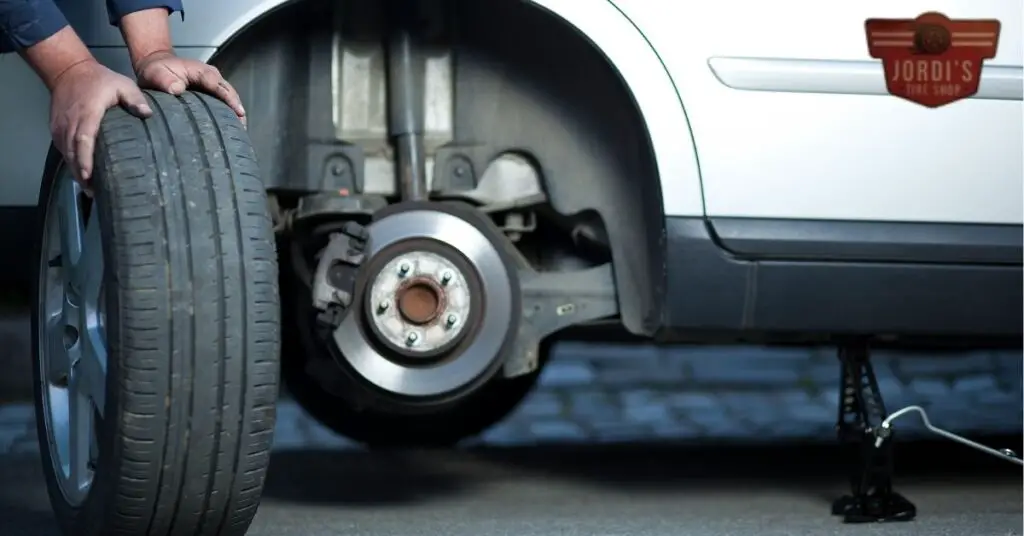
After exploring the fundamental differences between tires and wheels and their distinct roles in ensuring vehicle safety, performance, and longevity, it’s crucial to dive deeper into the components that make up each. This understanding not only enriches our knowledge but also equips us with the insights needed to make informed decisions regarding maintenance, replacements, and upgrades.
Components of a Tire
A tire consists of several key components, each contributing to its functionality and performance:
- Tread: This is the part of the tire that comes in direct contact with the road. The tread design affects traction, fuel efficiency, and noise levels during drives on different surfaces.
- Sidewall: The sidewall protects the carcass and internal components of the tire, providing sideways stability.
- Beads: Beads are made of steel wires coated in rubber, ensuring a tight fit between the tire and the wheel.
- Carcass: The carcass is the body of the tire, consisting of layers of fabric or steel cords termed as plies, which provide structure and strength.
- Belt: Steel belts reinforce the area under the tread, contributing to the tire’s durability and stability.
Components of a Wheel
On the other hand, a wheel is composed of:
- Rim: The outer edge of the wheel that holds the tire in place. Its size determines the size of the tire that can be mounted.
- Hub: The central part of the wheel that connects to the vehicle’s axle. A hub contains the wheel bearings.
- Spokes: Spokes radiate from the hub to the rim, providing structural support to the wheel. Their number and design can vary, affecting both the wheel’s performance and aesthetics.
- Valve Stem: A small protrusion from the wheel rim that allows for the tire to be inflated or deflated.
- Center Bore: This is the opening in the center of the wheel that fits over the hub on the vehicle. The correct fit is essential for the wheel to be securely attached.
Understanding these components helps us appreciate the complexity and engineering behind what might seem like simple car parts. As we delve into maintenance and performance considerations in the following sections, keeping these components in mind will provide a foundation for understanding how tires and wheels contribute to our driving experience.
The Role of Tires and Wheels in Vehicle Performance
After discussing the vital components that make up tires and wheels, let’s dive into how they significantly impact vehicle performance. The synergy between these two elements is essential for a smooth, efficient, and safe driving experience.
Enhancing Traction and Stability
Tires play a crucial role in providing traction. This connection between the vehicle and the road surfaces allows for acceleration, braking, and navigating turns. The tread design on tires, such as grooves and patterns, is engineered to optimize grip in various driving conditions, including wet, dry, or snowy environments. Meanwhile, wheels contribute to stability. The size and material of the wheel affect the vehicle’s handling, with larger wheels typically offering better stability at higher speeds.
Improving Fuel Efficiency
The right combination of tires and wheels can also lead to improved fuel efficiency. Tires with lower rolling resistance require less energy to move, which can reduce fuel consumption significantly. Lightweight wheels contribute similarly, reducing the overall weight the vehicle’s engine needs to propel. Together, they can make a vehicle more environmentally friendly by lowering emissions.
Supporting Vehicle Load and Absorbing Impact
Tires are designed to support the weight of the vehicle, including any cargo or passengers. The air pressure within the tire helps distribute this weight evenly, enhancing performance and safety. Wheels also play a part in supporting the vehicle’s load. They provide the structural strength needed to carry the weight without deforming. Additionally, the flexibility and resilience of tires help in absorbing road impacts, protecting wheels from damage, and ensuring a smoother ride.
Enabling Precise Steering and Handling
Lastly, tires and wheels are instrumental in steering and handling. The responsiveness of tires to steering inputs greatly affects maneuverability, while the rigidity of wheels ensures that the tires stay firmly in place during various maneuvers. This precise control is vital for safety, especially in adverse driving conditions.
Key Differences Between Tires and Wheels
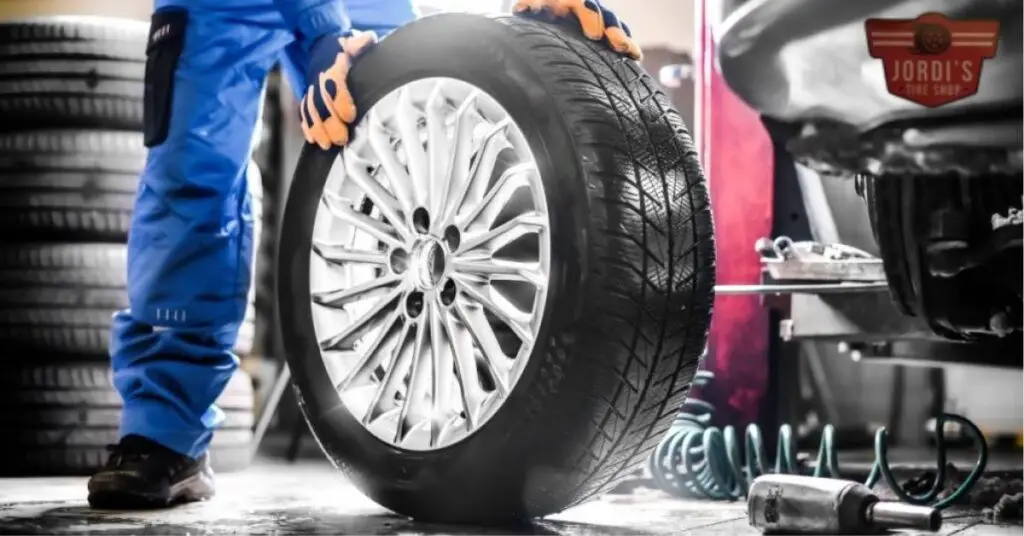
Given our exploration of the roles tires and wheels play in enhancing vehicle performance, it’s crucial to pinpoint their distinct characteristics. Here, we’ll delve into the key differences, understanding each component’s unique contribution to a vehicle’s operation.
Composition and Material
- Tires: Comprise rubber and other compounds, featuring a tread pattern designed for traction. Manufacturers often infuse tires with a blend of natural and synthetic rubbers, reinforcing them with materials like steel and fabric to improve durability and performance on various terrains.
- Wheels: Constructed primarily from metal alloys, such as aluminum or steel, wheels provide the rigid structure that supports the tire. Their design focuses on strength, weight balance, and heat dissipation to enhance overall vehicle performance.
Function
- Tires: Serve as the vehicle’s point of contact with the road. They absorb shocks from road irregularities, aiding in smooth travel while facilitating acceleration, braking, and turning through their grip.
- Wheels: Act as intermediaries between the tire and the vehicle’s suspension system. Besides supporting the tire, wheels help in distributing vehicle weight and are crucial in the alignment, which affects the steering and handling.
- Tires: Directly influence how well a vehicle can start, stop, and corner. The right tire choice can significantly impact fuel efficiency, ride comfort, and safety in adverse conditions.
- Wheels: Affect the vehicle’s handling characteristics, with size and weight playing major roles in determining responsiveness, speed capability, and even fuel economy.
Choosing the Right Tires and Wheels for Your Vehicle
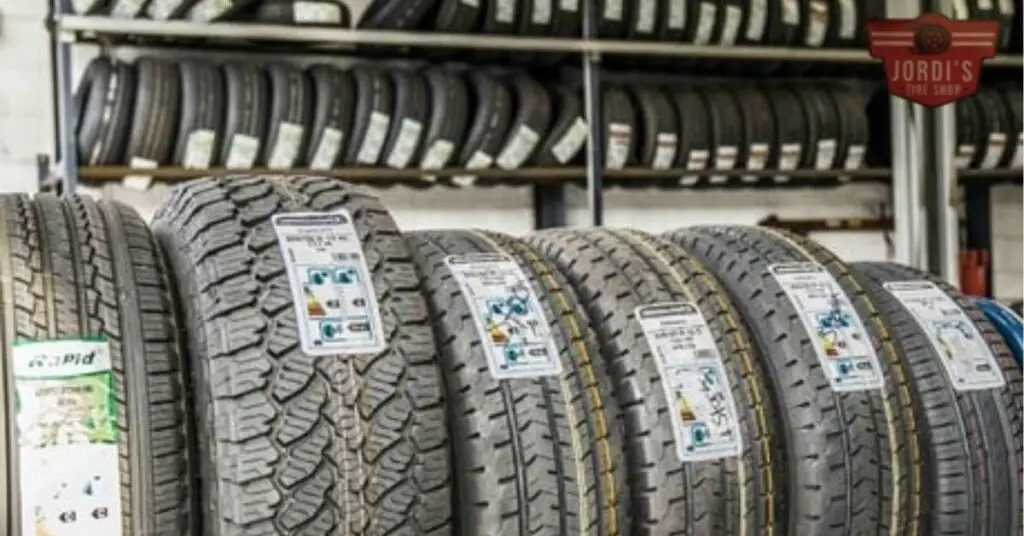
Selecting the appropriate tires and wheels for your car is crucial for optimizing performance, safety, and the overall driving experience. Given the technical knowledge about the distinct roles of tires and wheels, we can approach this selection process with greater confidence.
Understanding Vehicle Requirements
First off, consider your vehicle’s specifications. Manufacturers provide recommendations for tire size, type, and wheel dimensions that best suit your vehicle’s design and performance capabilities. Exceeding these recommendations can affect fuel efficiency, speedometer accuracy, and handling.
Considering Driving Conditions
Matching tires and wheels to your typical driving conditions is essential. For winter climates, opt for tires with deep tread patterns and soft rubber compounds that maintain flexibility in cold temperatures. In contrast, warmer climates or performance driving demand tires with a firmer grip and wheels that offer better heat dissipation.
Prioritizing Safety and Comfort
Safety features, such as tire tread design that efficiently channels water away to prevent hydroplaning, should be a priority. Wheels should also be selected for their durability and ability to withstand road conditions without bending or breaking. Additionally, choosing wheels and tires that complement each other can reduce road noise and increase ride comfort.
Budget Considerations
While it’s tempting to economize, investing in quality tires and wheels can save money in the long run through longer wear life and fewer replacements. However, it’s also wise to weigh the cost against the benefits, as the most expensive options aren’t always necessary for every driver’s situation.
Maintenance Tips for Tires and Wheels
Understanding the nuances between tires and wheels not only enhances our vehicle’s performance but also underscores the necessity of tailored maintenance practices. Drawing from our initial discussion on their differences, we now pivot to preserving these crucial components. Here, we share essential maintenance tips that promise to keep our tires and wheels in prime condition, ensuring safety and prolonging their lifespan.
Regular Tire Rotation
Rotating our tires every 5,000 to 8,000 miles, depending on the manufacturer’s recommendations, mitigates uneven wear. This practice distributes wear more evenly across all tires, enhancing their longevity and maintaining balanced handling of our vehicle.
Wheel Alignment Checks
Misaligned wheels can lead to uneven tire wear, poor handling, and increased fuel consumption. We recommend having our wheel alignment checked annually or if we notice our vehicle pulling to one side. This ensures our wheels are correctly aligned, contributing to smoother driving and extended tire life.
Maintaining Proper Tire Pressure
Checking tire pressure monthly, including the spare, is vital. The correct pressure levels, found in our vehicle’s manual or on the inside of the driver’s side door, improve fuel efficiency, reduce tire wear, and prevent blowouts. Under or over-inflated tires compromise our vehicle’s performance and safety.
Cleaning Wheels and Tires
Dirt, brake dust, and road salts can corrode wheel surfaces and degrade tire quality over time. Cleaning our wheels and tires regularly with appropriate cleaners maintains their appearance and integrity. Avoiding harsh chemicals ensures they remain in excellent condition without causing damage.
Inspecting Tires for Damage
Periodically inspecting our tires for cracks, bulges, or objects lodged in the tread helps us identify issues before they escalate. Promptly addressing these concerns can prevent accidents and avoid the need for premature replacement.
Conclusion
We’ve journeyed through the critical differences between tires and wheels their unique roles in ensuring our vehicles run smoothly and safely. By now we understand that making informed choices about our tires and wheels isn’t just about enhancing performance—it’s also about our safety on the road. Let’s not forget the importance of regular maintenance to keep them in top shape. It’s all about giving our cars the care they deserve so we can enjoy a safer more enjoyable driving experience. Here’s to many more miles of safe and optimized driving ahead!
Related Posts:
- Best Winter Tires for Honda Civic: Top Picks for Safe and Smooth Driving in Cold Weather
- Check Engine Light Goes Off By Itself: What It Means and What to Do
- Difference Between Tire and Wheel: A Simple Explanation
- Volt Propulsion Power Reduced: Causes and Solutions
- F150 Blend Door Actuator Reset: Quick and Easy Steps
- Supercharged Scat Pack: The Ultimate Muscle Car Upgrade
- Sys Off to Save Battery: Simple Tips to Extend Your Device’s Battery Life
- Suspension Tuning Car: Tips for Improving Your Ride Quality
- Gear Ratio by VIN: How to Find It for Your Vehicle
- Engine Wash: How to Keep Your Vehicle Running Smoothly

